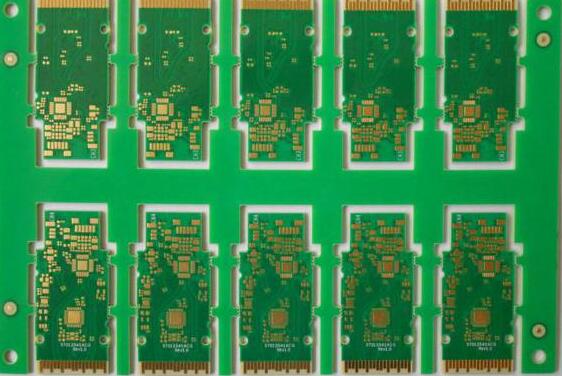How to solve the difficult problems of PCBA heat dissipation and conductor size control?
At present, the country has higher and higher requirements for environmental protection and greater efforts in link governance. This is a challenge but also an opportunity for PCB factories. If PCB factories are determined to solve the problem of environmental pollution, then FPC flexible circuit board products can be at the forefront of the market, and PCB factories can get opportunities for further development.
How to solve the difficult problems of PCBA heat dissipation and conductor size control? Next, I will give you a brief introduction!
1. Heat dissipation problem
Problem Description:
Industrial PCBA products have large operating load and high heat production, and the heat dissipation design has a greater impact on product performance.
The heat dissipation design of industrial PCBA starts with the choice of cooling method and the selection of components. The cooling method determines what components are used, and at the same time affects the assembly design, reliability, quality and cost of PCBA products.
solution:
The temperature of components or equipment depends on their heat generation, heat dissipation-related structural dimensions, working environment and other special requirements (such as sealing, air pressure, etc.).
When choosing the cooling method, it should be coordinated with the simulation test of the electronic circuit to carry out simultaneous research to make it meet the requirements of electrical performance and thermal reliability index; also fully consider the volume power density and heat flow of the equipment (or components) Density, volume, total power consumption, working thermal environment conditions, surface area, heat sink and other special conditions, etc.

2. Connector problem
Problem Description:
There are three main failure modes of connectors: electrical contact failure, insulation failure, and mechanical connection failure.
The electrical contact failure mode is specifically manifested as increased contact resistance and instantaneous disconnection of the contact pair; it often occurs in crimp type connectors or welding (cup) type connectors.
solution:
The main reasons for this phenomenon are:
1) After the wire is crimped after tin enamel, the contact area between the wire and the contact is reduced, resulting in an increase in contact resistance.
2) The clamp spring of the crimping type connector fails or the contact is not installed in place, which causes the contact to be unable to be locked and eventually causes the contact area to be reduced or no contact.
3) The cause of electrical contact failure of soldering (cup) type connectors is generally wire breakage or wire core damage. This phenomenon is mostly due to wire core damage caused by stress or stripping of wire solder joints. In addition, the solder joints are mostly wrapped with heat-shrinkable tubing. After the tubing is contracted, it is not easy to find the wire even if it is damaged, and the solder joints will be disconnected from time to time during the vibration process of the equipment.
4) It is the contact problem caused by the size or wear of the contact piece itself.
3. The size of the conductor
Problem Description:
According to the size of the current flowing into the PCBA board and the allowable temperature rise range, determine the reasonable size of the printed conductor. Determine the relationship curve between the conductor width (or area), temperature rise and current of the conductor in the multilayer board.
For example, when the allowable current is 2A, the temperature rise is 10°C, and the thickness of the copper foil is 35μm, the conductor width is less than 2mm.
In addition, the width of the ground wire of the printed circuit board should be appropriately widened, and the ground wire and bus bar should be fully utilized for heat dissipation.
solution:
In order to carry out high-density wiring, the conductor width and line spacing should be reduced; in order to improve the heat dissipation capacity of the circuit board, the thickness of the conductor can be appropriately increased, especially the inner conductor of the multilayer board.
The epoxy resin glass plate mainly used at present has a low thermal conductivity of 0.26W/(m· degree Celsius) and poor thermal conductivity.
In order to improve its thermal conductivity, a heat-dissipating PCBA board can be used. The heat-dissipating PCBA board includes: a heat-conducting strip (board) PCBA board with a metal (Cu, Al) strip (or board) with a large thermal conductivity coefficient laid on an ordinary PCBA board.